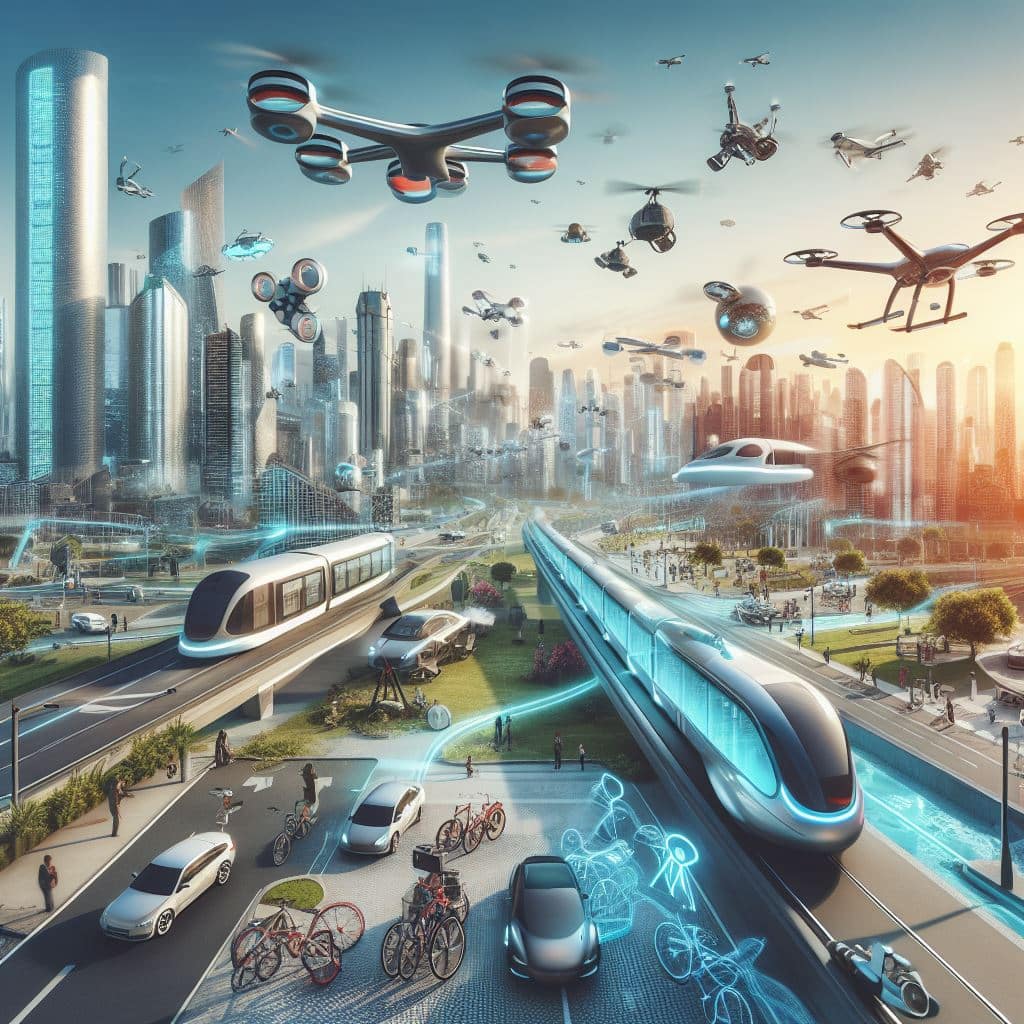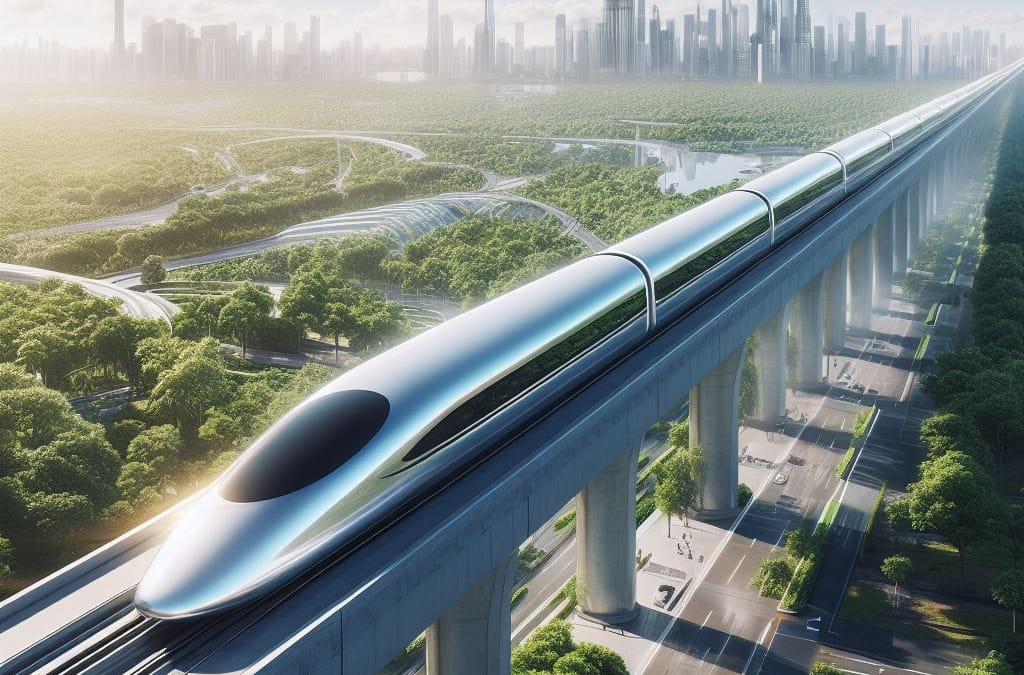In an era defined by innovation and the pursuit of efficiency, the concept of Hyperloop has emerged as a beacon of futuristic travel, poised to revolutionize the way we perceive distance and connectivity. Born from the visionary mind of Elon Musk and further developed by a myriad of enterprising individuals and companies, Hyperloop encapsulates the dream of ultra-fast, efficient, and sustainable transport. This article delves into the intricate world of Hyperloop, exploring its potential as the next frontier in speed travel.
Unveiling the Hyperloop Concept
The Hyperloop, a proposed mode of passenger and freight transportation, was first released as an open-source vactrain design by Elon Musk in August 2013. The dream was to create a system that could transport people from Los Angeles to San Francisco in under 30 minutes—faster than an airplane and with the frequency and convenience of a subway.
At its core, the concept involves propelling passenger pods or capsules through a reduced-pressure tube, enabling blistering speeds that could exceed 700 miles per hour. The reduction of air resistance and friction in this airtight environment allows the pods to maintain high speeds while consuming less energy compared to traditional modes of transport, standing as a testament to both exceptional velocity and eco-friendliness.
The Mechanics Behind Speed Travel
The technological innovations behind Hyperloop are as compelling as its promise. Key components include:
1. The Tube:
The vehicle races inside a sealed tube, which is maintained at a partial vacuum to minimize air resistance. This allows pods to travel at airplane speeds without encountering turbulence or weather conditions.
2. The Pod:
Levitation technology, such as magnetic levitation (maglev) or air bearings, enables the capsules to hover with near-zero friction. These pods are designed aerodynamically to reduce drag further.
3. The Propulsion:
Linear electric motors are distributed along the tube’s length, which accelerate and decelerate the pod efficiently, enabling high-speed travel while maintaining energy conservation.
4. The Route:
Potential routes for Hyperloop systems aim at connecting major hubs, reducing travel time dramatically between heavily congested city pairs.

Environmental and Economic Implications
Technology is not only transformative in its speed but also in its potential for sustainable travel. Utilizing renewable energy sources—like solar panels atop the transport tubes, for example—Hyperloop systems could operate with a minimal environmental footprint.
Economically, the implications are vast. Hyperloop could drastically reduce the cost and time of shipping goods, redefine real estate values with previously inconceivable commutes, and catalyze regional economies. And while the initial investment is substantial, the long-term benefits of more efficient, greener travel could be pivotal for future generations.
The Real-world Feasibility of Hyperloop
While the whole concept is awe-inspiring, significant challenges must be navigated before it can transition from ideation to reality. The precision engineering required to maintain a vacuum-sealed environment over long distances is formidable. Regulatory, safety, and cost considerations also pose substantial hurdles.
Nevertheless, numerous companies are forging ahead to bring Hyperloop to life. Test tracks and feasibility studies are underway globally, with companies like Virgin Hyperloop leading trials that demonstrate the tangible progress of the technology.
Closing Thoughts: A Glimpse into Tomorrow
Hyperloop represents more than just high-speed travel—it’s a glimpse into a future of unparalleled connectivity. It envisions a world where time and distance compress, bringing people, cities, and economies closer than ever before. As we stride into this brave new world, the prospect of boarding a Hyperloop pod and rocketing across the landscape at speeds once reserved for jets is not a question of if, but when.
The implementation of Hyperloop will require courage, innovation, and a collective commitment to overcoming the challenges that lie ahead. It is a journey worth embarking on, a transformative stride towards the future of speed travel that has the potential to reshape the social and economic fabric of our world.
As we embrace this exciting chapter in human mobility, one thing is certain—the potential of Hyperloop is as limitless as our capacity to dream and execute. In the race to create the transport of tomorrow, Hyperloop stands out as a flagship of modern engineering, promising a world where cutting-edge technology and environmental stewardship can coexist harmoniously, propelling us into an era where high-speed travel not only redefines the minutes on a clock but the very way we live our lives.
Is hyperloop still a thing?

Yes, Hyperloop is still a concept and ongoing project. Several companies are actively working on developing Hyperloop technology, including Virgin Hyperloop and Elon Musk’s The Boring Company. However, it is still in the experimental phase and has not been fully implemented on a large scale.


Recent Comments